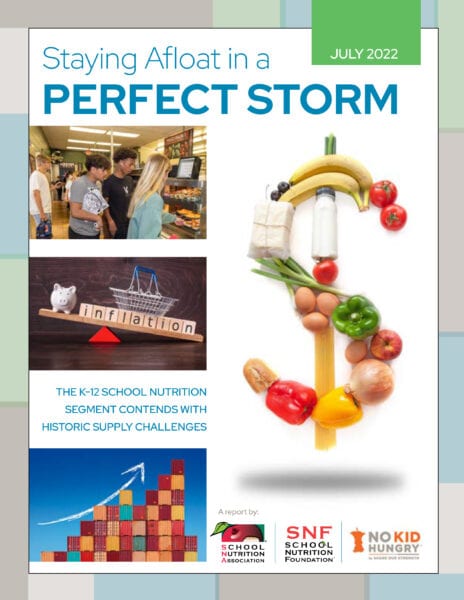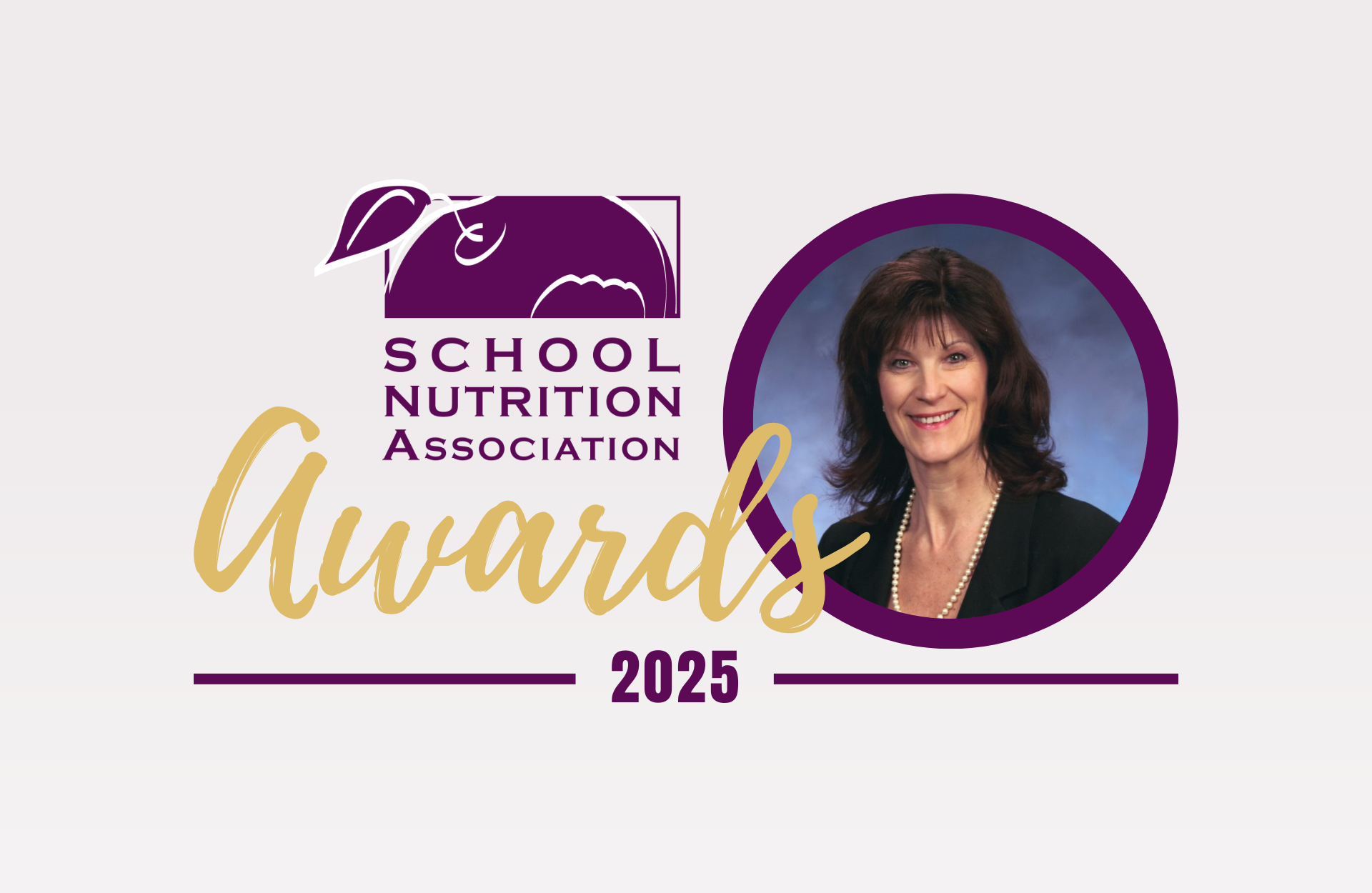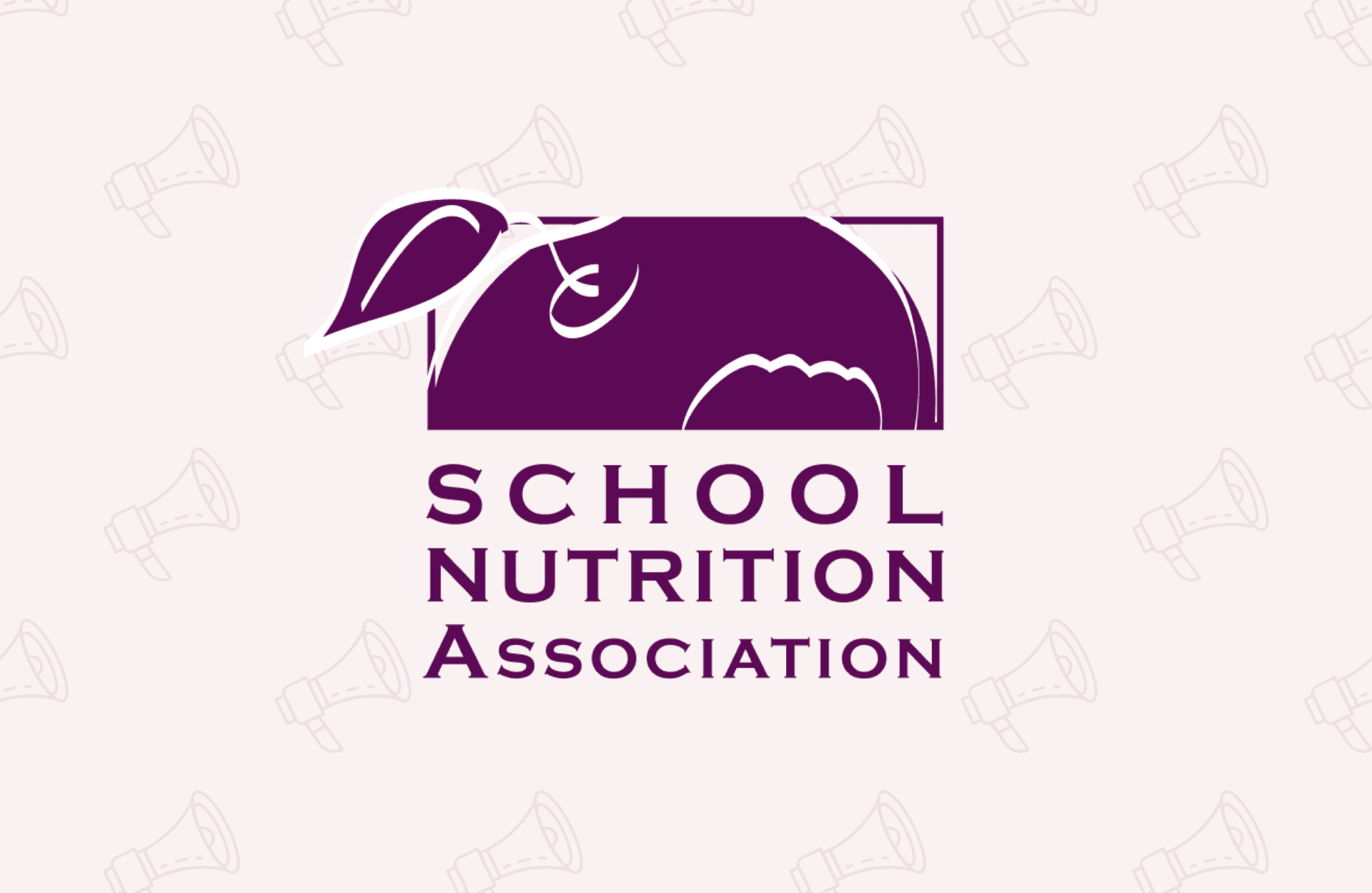 As the worldwide supply chain continues to be affected by challenges relating to the pandemic and significant global events, K-12 school nutrition programs are facing ongoing concerns with providing students timely, nutritious meals. These challenges, which span every geographic region and impact school districts of all sizes, are adding to the financial and emotional strains placed upon school nutrition programs and the children they serve.
As the worldwide supply chain continues to be affected by challenges relating to the pandemic and significant global events, K-12 school nutrition programs are facing ongoing concerns with providing students timely, nutritious meals. These challenges, which span every geographic region and impact school districts of all sizes, are adding to the financial and emotional strains placed upon school nutrition programs and the children they serve.
The Association’s newly released 2022 Supply Chain Report unpacks the prolonged problems facing school nutrition and industry professionals, as well as highlights courses of action that districts nationwide have introduced to confront this crisis.
To effectively outline challenges from a diverse set of perspectives, SNA conducted targeted outreach to stakeholder groups, including SNA members, manufacturers, distributors and state officials. Along with the anecdotal accounts received from past forums, the Association and School Nutrition Foundation (SNF) partnered with No Kid Hungry to launch the Supply Chain Innovation Project, aimed at collecting information about the scope of the supply chain problems affecting K-12 foodservice programs and share innovative solutions for addressing these challenges. Through beneficial Listening Sessions and member reports, SNA affirmed several ongoing concerns and catalysts impacting the supply chain, including:
- Skyrocketing food and supply costs
- Lack of menu item availability
- Difficulty obtaining products that comply with meal pattern regulation
- Constraints for industry regarding regulatory requirements and low profit margins
SNA’s 2022 Supply Chain Report was created to elaborate on the on-going need for intervention at the local, state and federal levels. Read it now to learn more about the historic supply chain challenges through the lens of school nutrition operators and foodservice vendors, along with recommended next steps.
Related Articles

SNA Recognizes Recipients of National Employee, Manager and Director Awards
Read More





